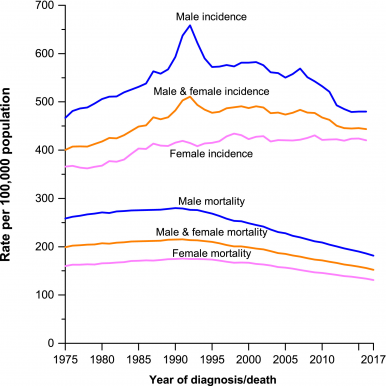What is blood made of? While you may think that this question has already been well answered, French researchers discovered the presence of a new component in the blood.
In a breakthrough study published in The Faseb Journal, the authors report their discovery of the presence of fully functional, respiratory competent, extracellular mitochondria in blood. Prior to this study only cell‐derived mitochondrial components have been found in the extracellular space. Interestingly, Mitochondria seem to be present in large numbers: “We estimate that there are between 200 000 and 3.7 million cell-free intact mitochondria per mL of plasma”.
This discovery may have implications for cancer diagnosis. As mentioned in Science Daily, “the research team is now devoting its attention to evaluating the extracellular mitochondria as biomarkers in non-invasive prenatal diagnosis and cancer.”

Both plasma of healthy individuals and cell culture media contain structurally intact mitochondria. Fluorescence microscopy images of the MitoTracker Green stained 16gP from PPAP plasma A, SW620 CCCM B, and DLD-1 CCCM C, Electron microscopy images of the 16gP from of a PPAP plasma D, SW620 CCCM E, and DLD-1 CCCM F. From: Al Amir Dache, Z., Otandault, A., Tanos, R., Pastor, B., Meddeb, R., Sanchez, C., … & El Messaoudi, S. (2019). Blood contains circulating cell‐free respiratory competent mitochondria. The FASEB Journal.

